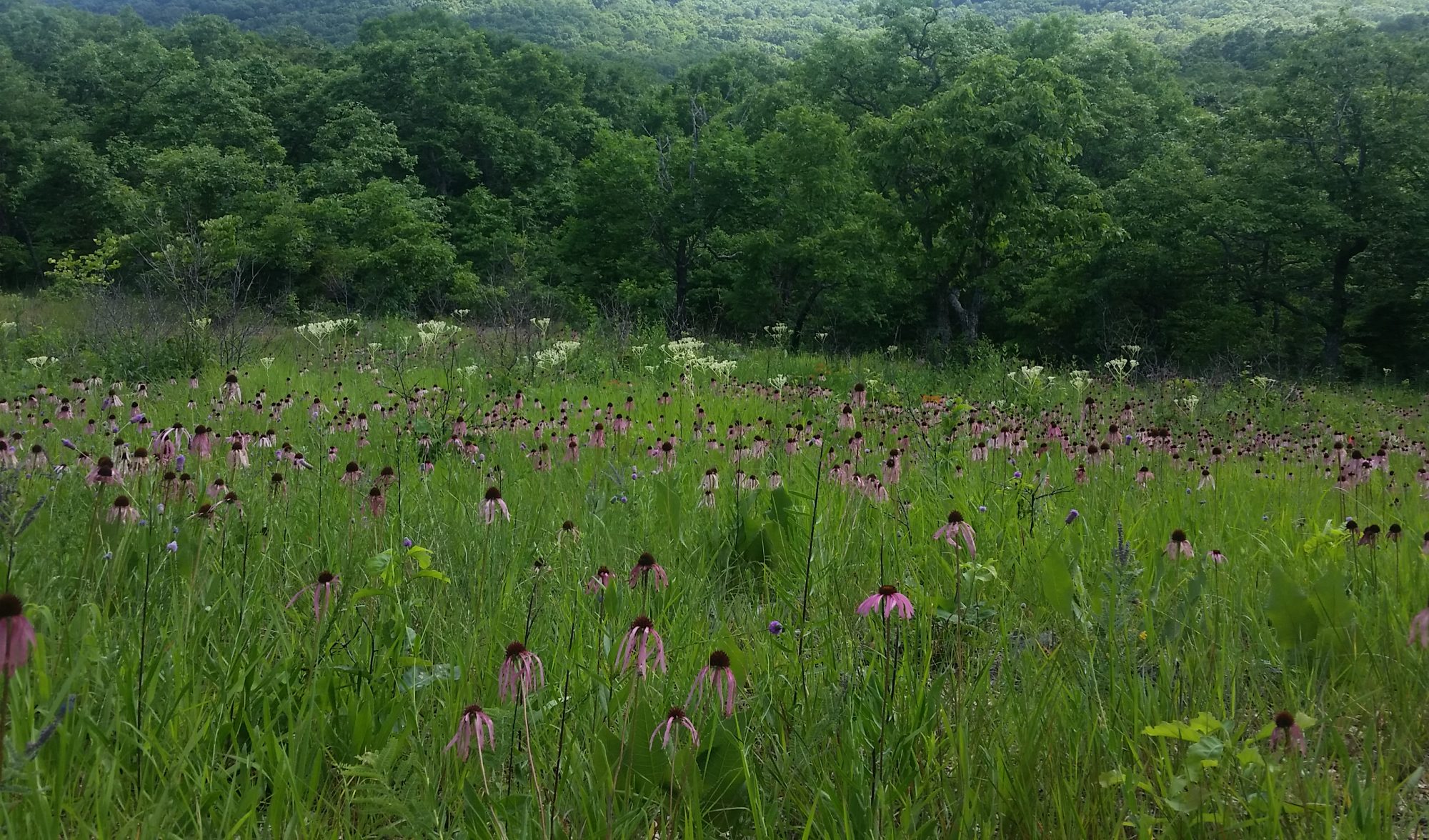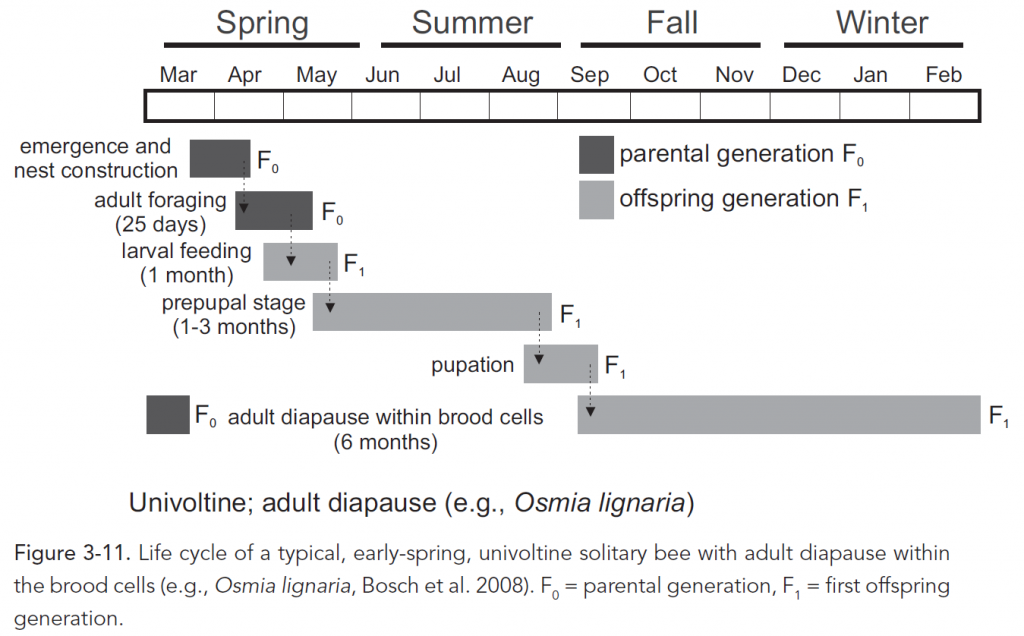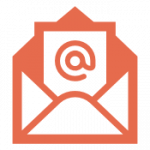While social bees such as honey bees and bumble bees are familiar to most people, they comprise less than 10% of all bee species in the world.
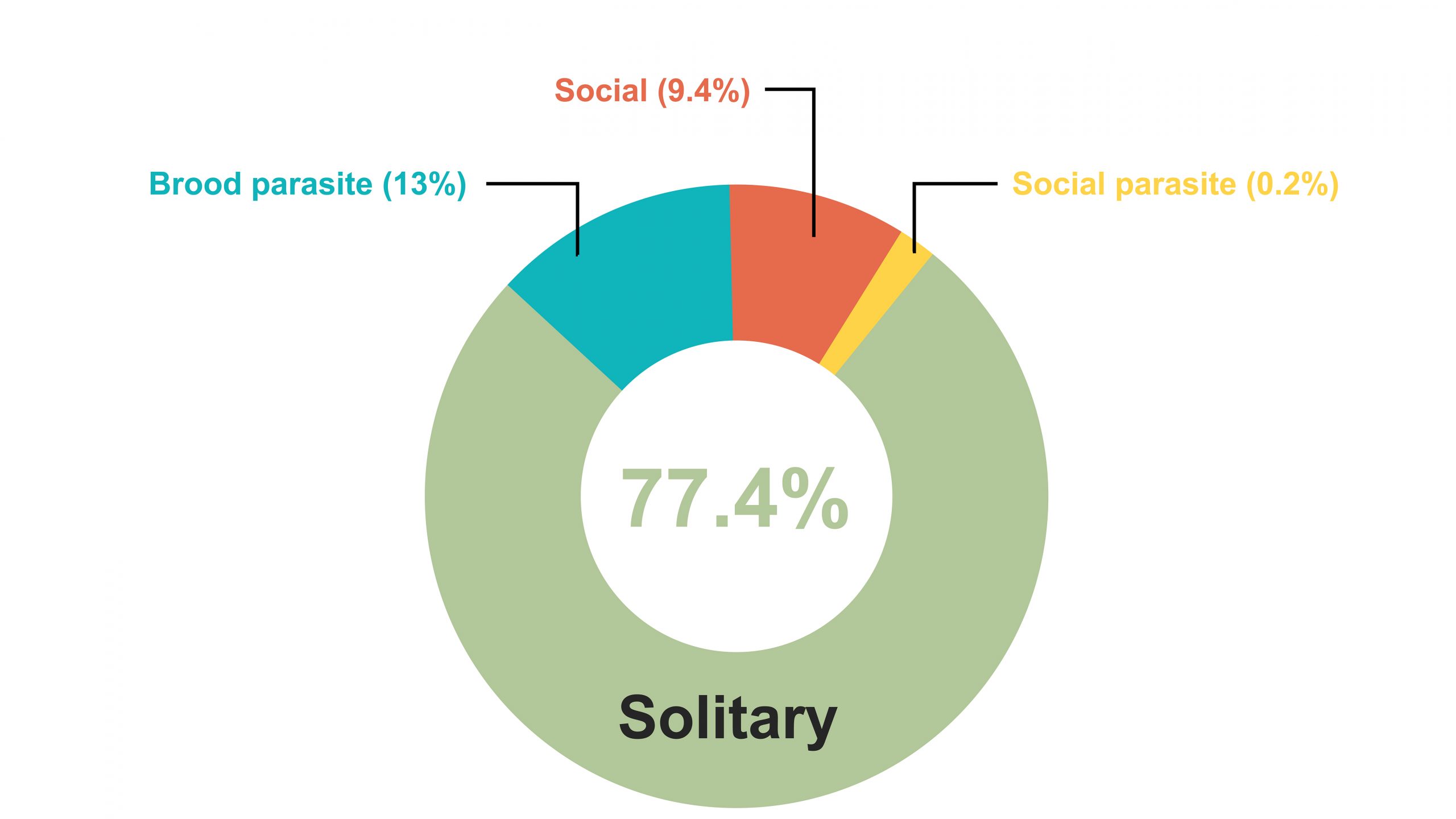
Since their origin of around 120 million years ago, bees have diversified into groups of 7 families, 28 subfamilies, 67 tribes, 529 genera, & over 20,000 described species.
Life cycle of a typical early-spring solitary bee
(Danforth 2019)
In the Harmon-Threatt lab, we are investigating the long-term developmental effects of solitary ground-nesting bees in laboratory observation nests when given the choice to build a nest in soil with or without neonicotinoids. This will give us further insight into what behavioral changes may occur over the length of their lifespan and also provide insight into how contaminated soils affect ground-nesting bees in pollinator habitats.
Research timeline
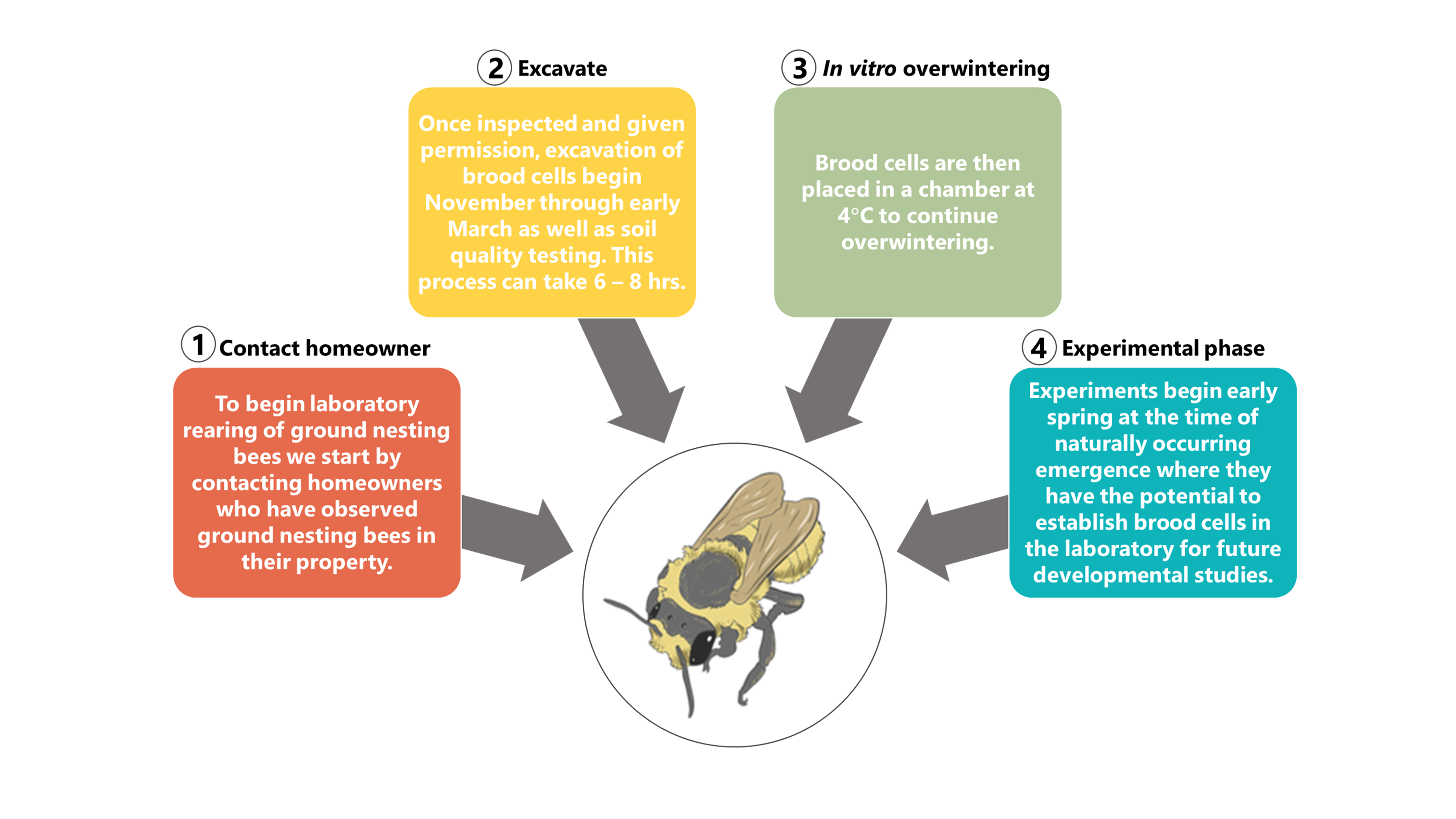
Excavation
At a location where homeowners have historically observed ground-nesting bees in their property, brood cells can be found at a depth of 15 – 25 cm. Once spotted, within a one-meter radius of the initial finding of brood cells, an aggregation is likely to be present and more brood cells can be found within the radius. If brood cells are found near stones or other objects, they are also likely to be aggregate near the objects and will be found at depths described above.
In Fall 2020, we excavated 115 Colletes inaequalis and 251 Melissodes denticulata brood cells from homes to use for establishing colonies in a lab-reared experimental setting. Homes that have been selected for excavations won’t be visited again until the following year to allow populations to recover.
Please click here for more information about the details of brood cell excavations in lawns.
Colletes inaequalis brood cell excavation
Melissodes denticulata brood cell excavation
In vitro overwintering
Soon after excavation, brood cells are placed in well plates with 1-mm respiration holes and into a chamber at 4°C for a simulated subterranean environment until ready for use in laboratory-based experiments.
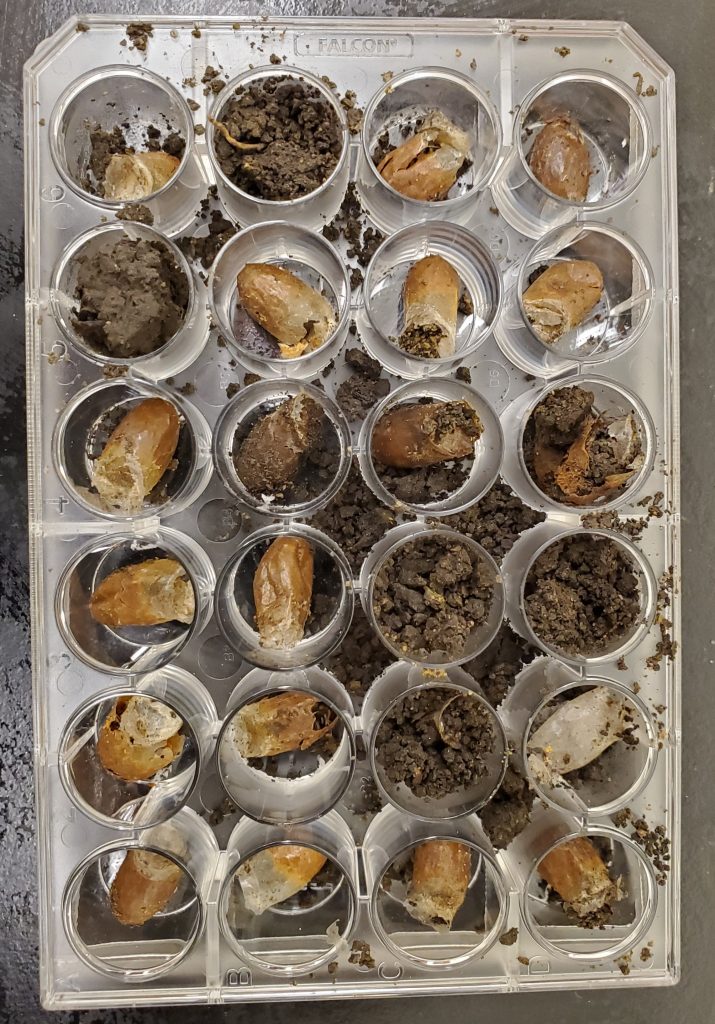
Experimental phase
During the experimental phase, we explore the long-term effects of neonicotinoid soil contamination by conducting randomized block design choice assays. This takes place on a large shelving unit with two LED Panels – 4200 Lumens – 5000K – 38 Watts, set to 12:12h:light:dark cycle with ambient temperature at 21 – 23 °C, suspended above a 32.5 x 32.5 x 77.0 cm bug dorm insect rearing cages. The rearing cages provide a space for ground-nesting bees to forage for fresh floral resources and mate. Beneath the rearing cages, covered by blackout curtains, are observation nests constructed with glass panels, an acrylic “U” shaped spacer, and a tube to provide a seal, filled with a mixture of 80% sand 20% prairie soil at 10% (w/w) water to create a sandy loamy texture. The top of the observation nest is exposed and inserted under openings of the rearing cages to allow the bees to begin digging their tunnels.
The choice assay is conducted by adding 42ppb of clothianidin to the soil in a select few observation nests. 42ppb has been the highest observed concentration in field margins to date (Main et al. 2020, Supplementary material Table S1). Therefore, for our study, we chose this value to observe any developmental effects.
Laboratory rearing
Tunnels made by female Colletes inaeqaulis

Contact us
If you have observed ground-nesting bees in your yard, a park, or neighborhood, please email us your name, address, email, and phone number to be part of our pollinator conservation community science project. You can also help by filling out a Lawn Care Questionnaire to help us better understand ground-nesting bee habitat preference.
For a video on typical behavior of ground-nesting bees in your lawn click here.
For additional information on ground-nesting bees in lawns click here.
